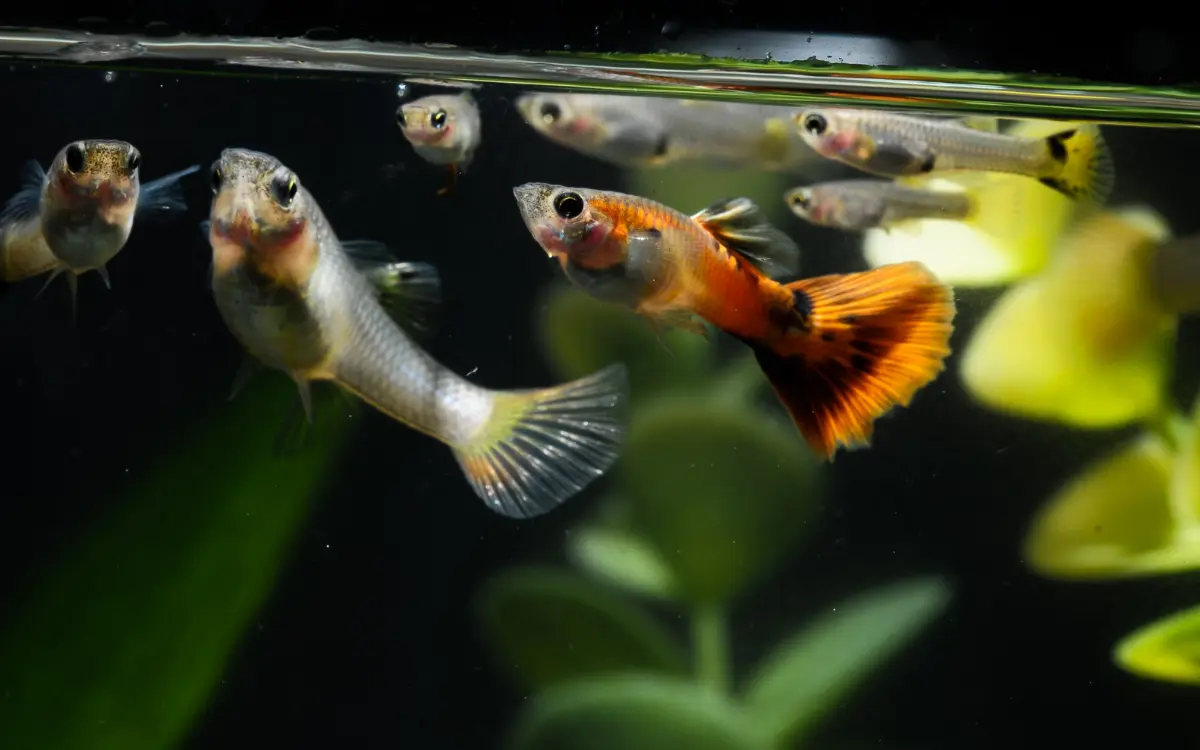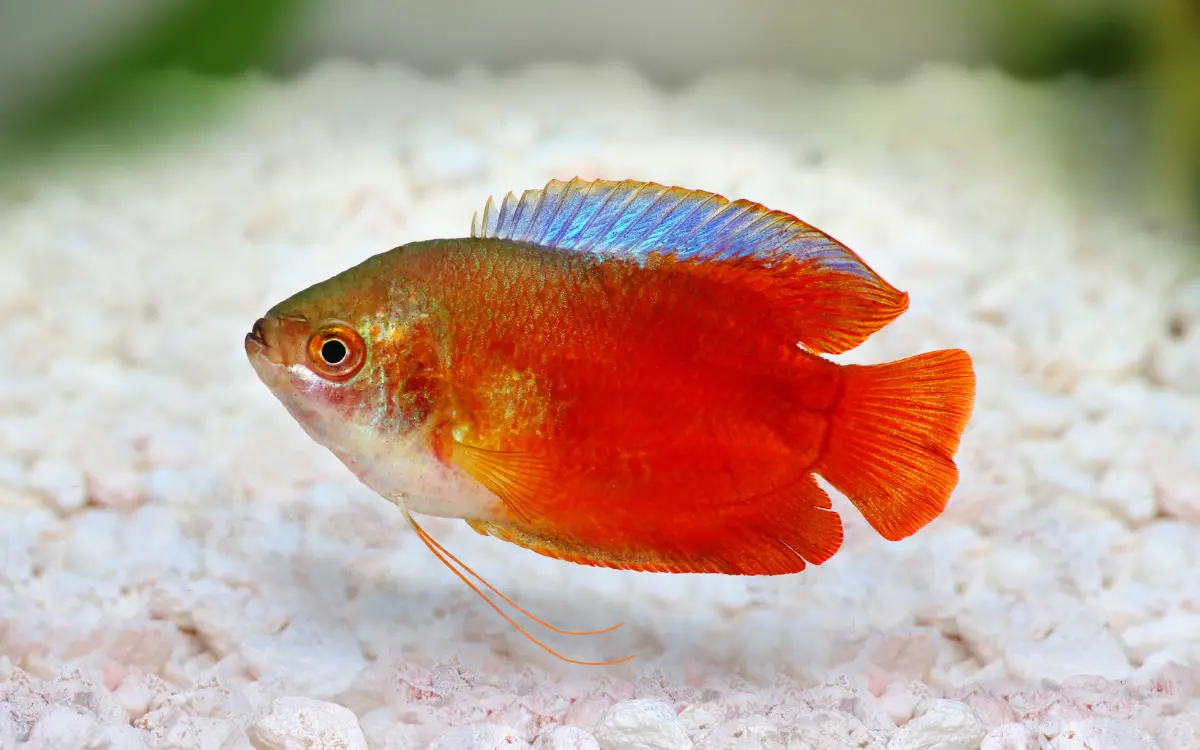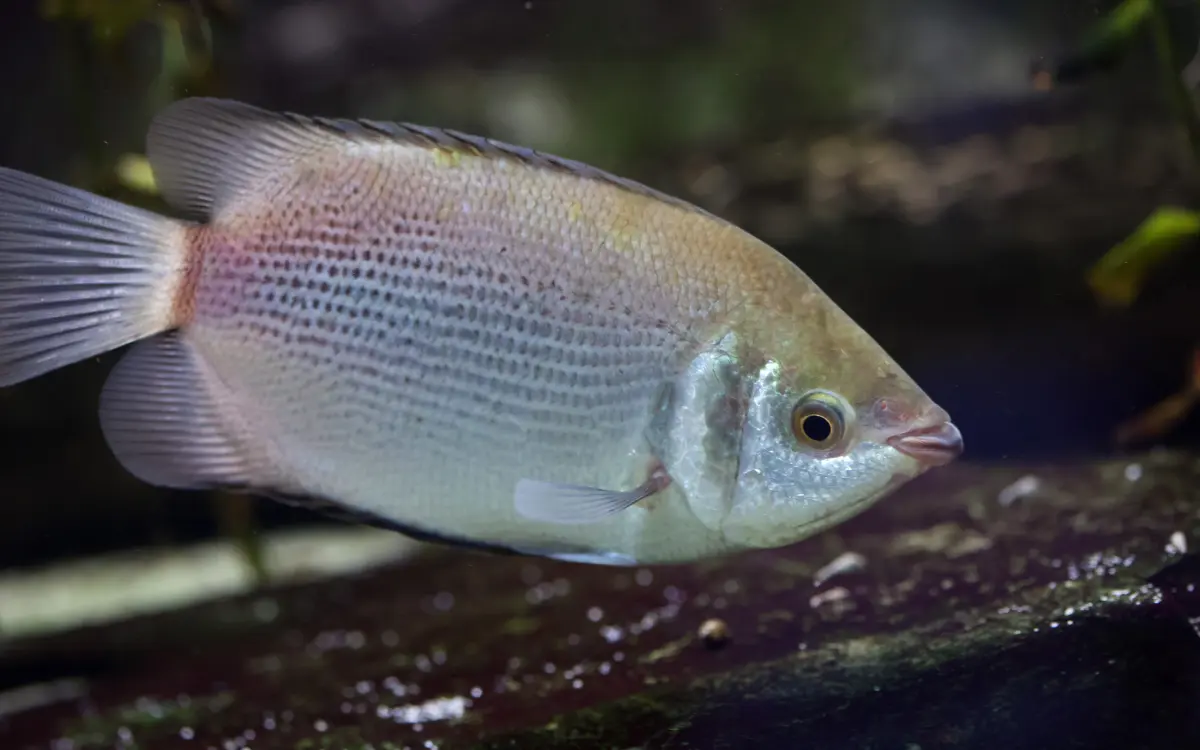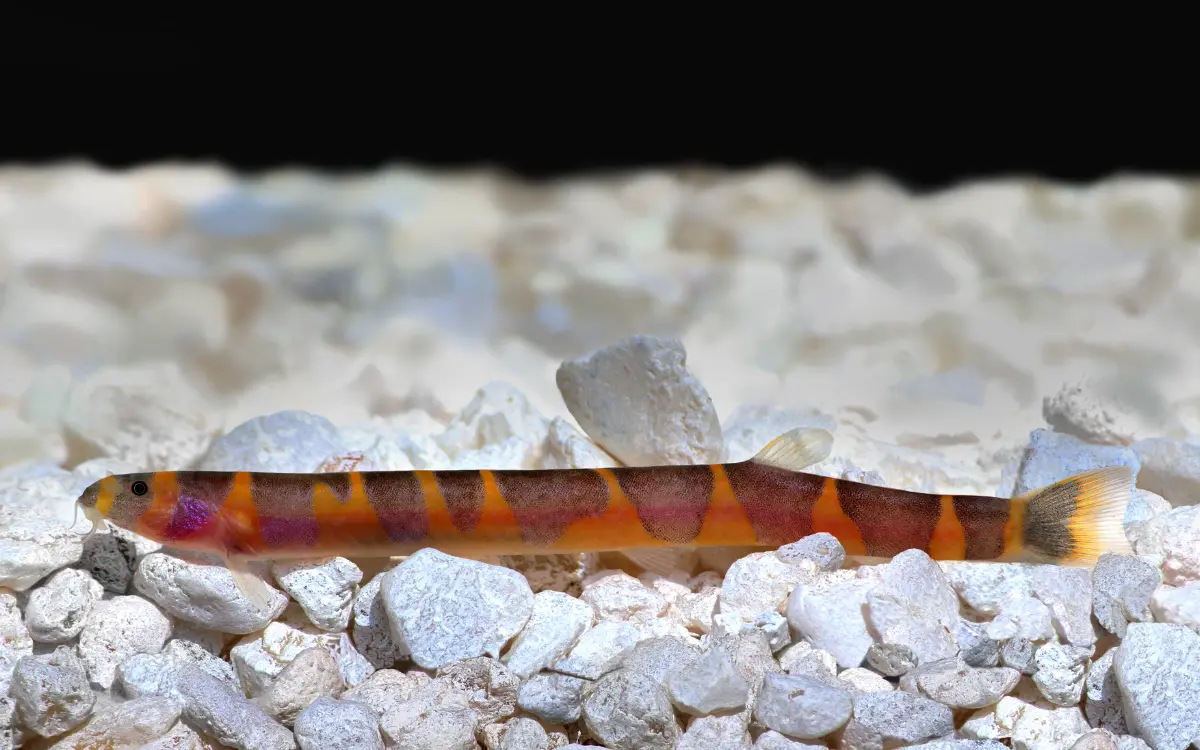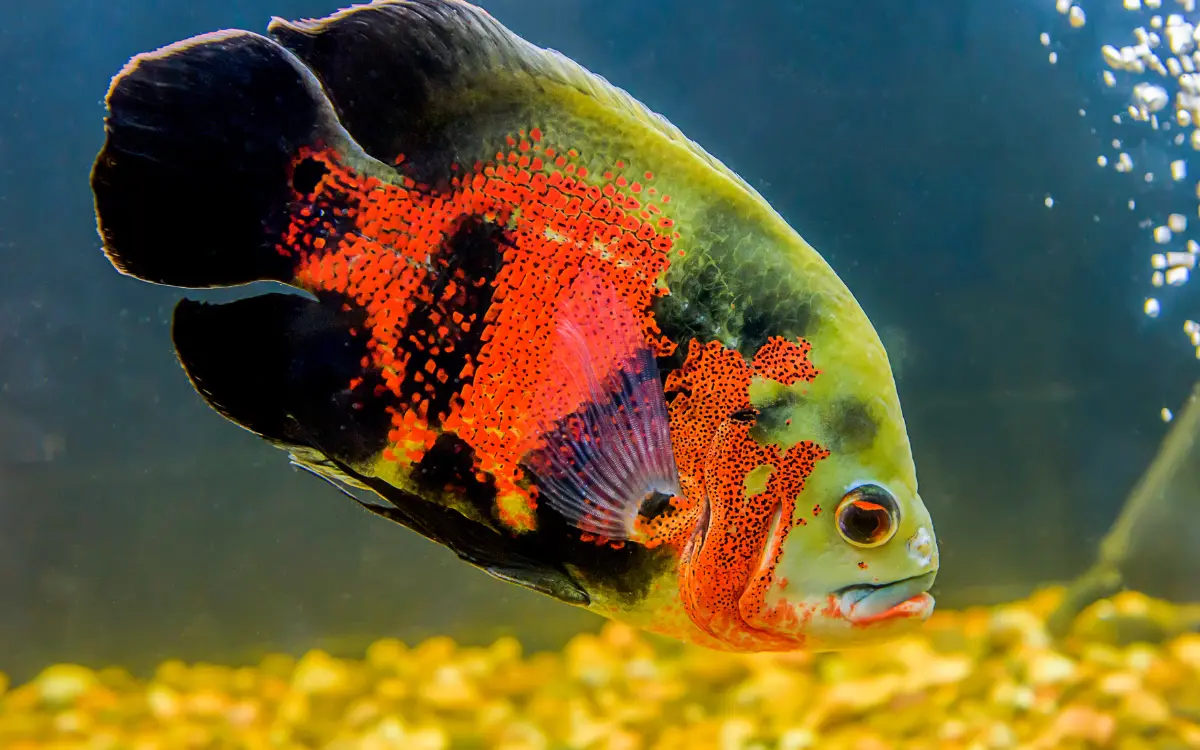Goldfish Care Guide: Tank Setup, Feeding, Lifespan, Size & More!
Thinking about getting a goldfish? They’re among the most popular freshwater fish for home aquariums, and for good reason—they’re colorful, interactive, and surprisingly intelligent. But keeping goldfish healthy isn’t as simple as dropping them into a bowl. With the right setup and care, goldfish can live for over a decade.
This guide covers everything a beginner needs to know, from tank setup and diet to health tips and ideal tank mates. If you’re considering fancy varieties like Oranda or Ranchu, we’ve linked those specific guides too.

Types of Goldfish
Goldfish come in many shapes, sizes, and fin styles, but they generally fall into two categories: single-tail and fancy varieties.
Single-tail goldfish—like Common, Comet, and Shubunkin—are long-bodied, fast swimmers. They’re often better suited for ponds or large tanks due to their size and energy. Fancy goldfish, on the other hand, have rounder bodies, flowing double tails, and unique features like bubble eyes or head growths. These include breeds like Oranda, Fantail, Ranchu, and more.
Want to go deeper? We’ve created detailed care guides for individual breeds:
- Oranda Goldfish
- Ranchu Goldfish
- Fantail Goldfish
- Shubunkin Goldfish
- Black Moor Goldfish
- Telescope Goldfish
- Lionhead Goldfish
- Bubble Eye Goldfish
For a general overview of fancy types, start with our Fancy Goldfish Care Guide.
Setting Up a Proper Goldfish Tank

Goldfish need much more space than most beginners expect. A single common goldfish requires at least 30–40 gallons due to its active swimming and waste production. Fancy goldfish can thrive in slightly smaller tanks—start with 20 gallons for one and add 10 gallons per additional fish.
Choose a filter that can handle double the tank’s volume, as goldfish are messy eaters and produce a lot of waste. A sponge filter or hang-on-back filter with gentle flow is best for fancy varieties. Keep decorations smooth and safe—sharp ornaments can tear fins or get caught in the folds of delicate fancy breeds.
Live plants like Anubias, Java Fern, and Hornwort are great additions. They help absorb excess nutrients and provide a natural feel to the tank.
Water Parameters and Maintenance
Goldfish are coldwater fish, but they still need clean, stable conditions. The ideal temperature range is between 65–75°F. While heaters aren’t always necessary, it’s best to use one if your room gets too cold or fluctuates.
Aim for a pH between 7.0 and 8.4. More importantly, ammonia and nitrite levels should always be at 0 ppm. Perform partial water changes of 25–30% weekly and avoid overfeeding to keep nitrate levels below 40 ppm.
Fancy goldfish are more sensitive to poor water quality, so test regularly using an aquarium test kit.
Feeding and Diet for Goldfish
Goldfish are omnivores and enjoy variety in their diet. A high-quality pellet or gel food should form the base of their meals. Sinking pellets are often better than floating ones, especially for fancy goldfish, who may gulp air at the surface and develop swim bladder issues.
Supplement their diet with fresh vegetables like blanched peas, spinach, or zucchini. These are especially helpful in preventing constipation. For treats, you can offer frozen or live foods such as bloodworms or daphnia once or twice a week.
Feed small amounts two to three times a day. Only give what they can finish in about 1–2 minutes to prevent waste buildup.
Goldfish Compatibility and Tank Mates
Goldfish are social but need compatible tank mates. It’s best to house them with others of similar size and type. Fancy goldfish should only be kept with other fancies, as they are slower and more delicate. Single-tail goldfish can be too fast and might outcompete them for food or bump into them, causing injuries.
Good companions include other fancy goldfish, peaceful snails like Mystery or Nerite snails, and bottom feeders like Bristlenose Plecos—provided the tank is large enough.
Avoid tropical fish, aggressive species, or small tankmates that may be mistaken for food.
Common Goldfish Health Issues
Goldfish are generally hardy, but they can suffer if the tank is dirty or their diet isn’t balanced. Swim bladder issues are common in fancy goldfish, often caused by overfeeding or floating pellets. You may notice them floating upside down or sinking awkwardly.
Fin rot is another concern and usually shows up as torn or discolored fins. It’s often linked to poor water quality. Ich, or white spot disease, looks like tiny sugar grains on the body and is contagious. It’s usually triggered by stress or temperature swings.
If your goldfish has a wen (like Orandas or Lionheads), keep an eye out for infections. Bacterial buildup can occur in the folds of their head growth and may require mild antibiotic treatments.
Clean water, good food, and early observation are your best defenses.
Goldfish Breeding Basics
Goldfish can breed naturally in well-maintained tanks, especially when temperatures rise in spring-like conditions. Males will chase the females around the tank and fertilize eggs as they are released.
The eggs stick to surfaces like plants or decorations. You should remove the adult fish after spawning, as they might eat the eggs. Fry usually hatch within a week and need very fine food like infusoria or powdered flakes for the first few days.
Breeding can be rewarding, but it also requires patience and a second tank setup for the fry.
FAQs
Can goldfish really live in a bowl?
No, and this is one of the most common mistakes. Bowls are far too small, lack filtration, and limit oxygen exchange. Even one small goldfish will outgrow a bowl quickly. A filtered tank with enough space is essential for their health and growth.
How long do goldfish live in a home aquarium?
With proper care, goldfish can live 10 to 15 years on average. Some even reach over 20 years. Many short lifespans happen because of improper housing, poor water quality, or disease.
What’s the difference between fancy and common goldfish?
Common goldfish are long-bodied and fast swimmers. Fancy goldfish are more ornamental, with rounder bodies, double tails, and special features like head growths or bubble eyes. Fancy goldfish need more gentle care and can’t compete with single-tails in fast-flowing tanks.
How often should I feed my goldfish?
Feed two to three small meals per day. Only give what they can eat in under two minutes. Overfeeding leads to waste buildup and health problems, including swim bladder issues and bloating.
Do goldfish need a filter and heater?
A filter is essential for all goldfish tanks, as they produce a lot of waste. While most goldfish don’t need a heater, it helps in colder climates or rooms with large temperature swings. Stable conditions are more important than the exact number on the thermometer.
Read also: 13 Types of goldfish with pictures
Final Thoughts
Goldfish are more than just beginner pets — they’re intelligent, long-living fish that thrive in the right environment. Whether you choose a speedy Shubunkin or a delicate Oranda, providing enough space, clean water, and a varied diet will keep your fish healthy and vibrant.
To explore individual breeds and learn more, check out the linked guides throughout this post. OceanBitez is here to help you build a beautiful, balanced aquarium—one goldfish at a time.

